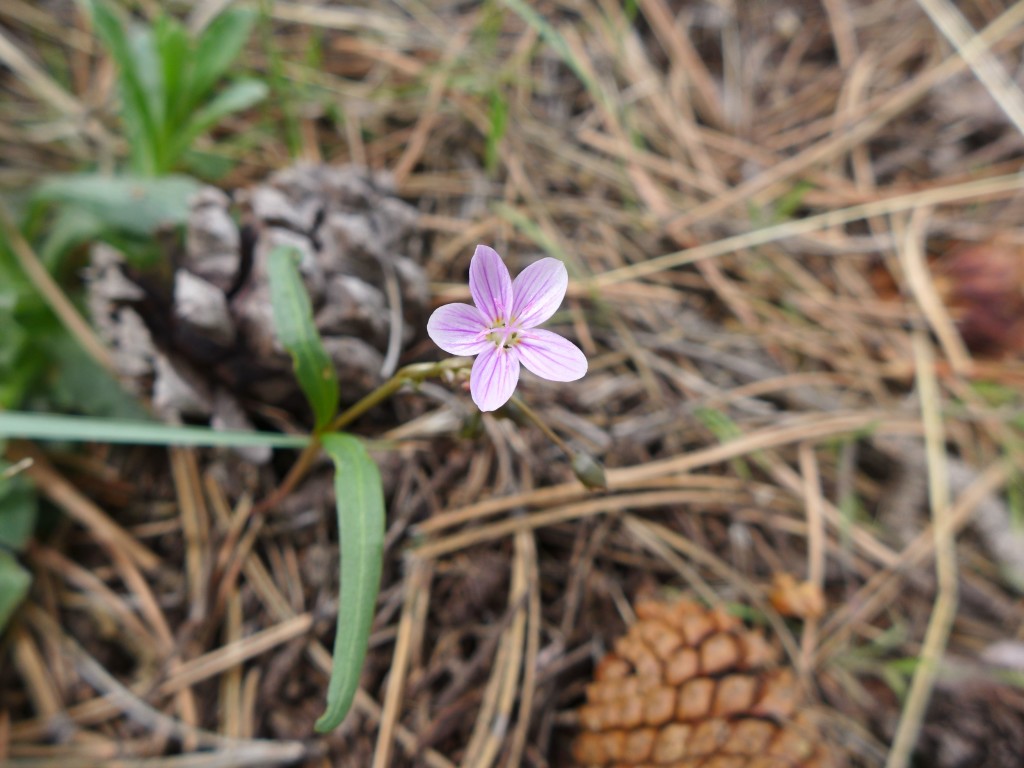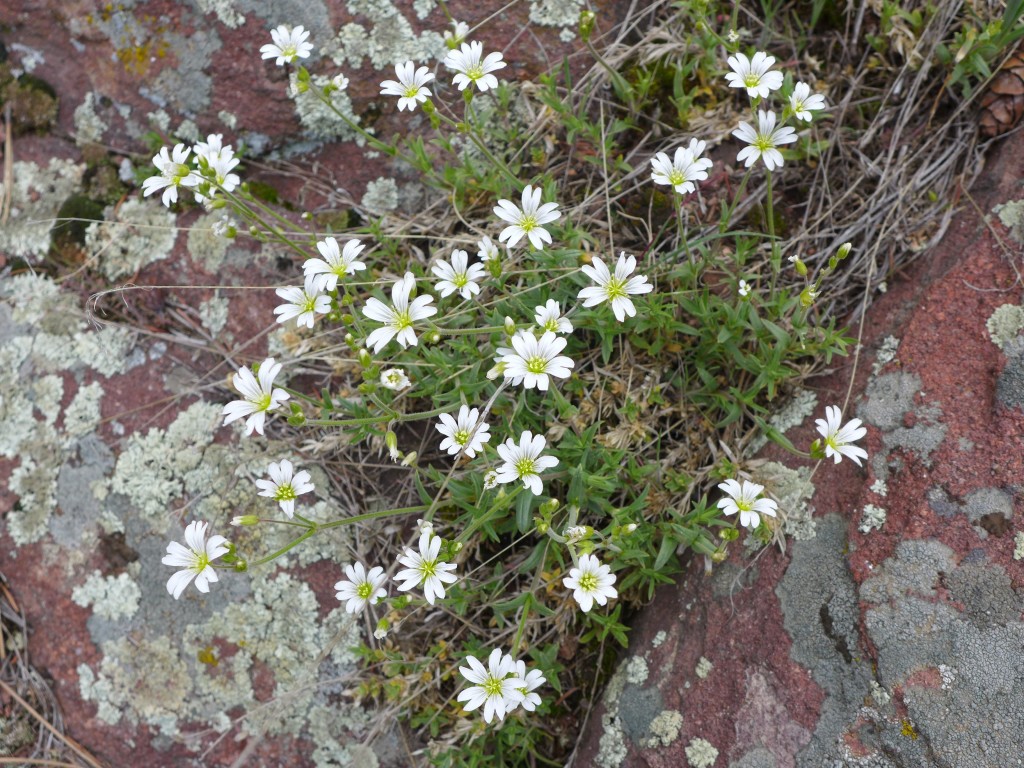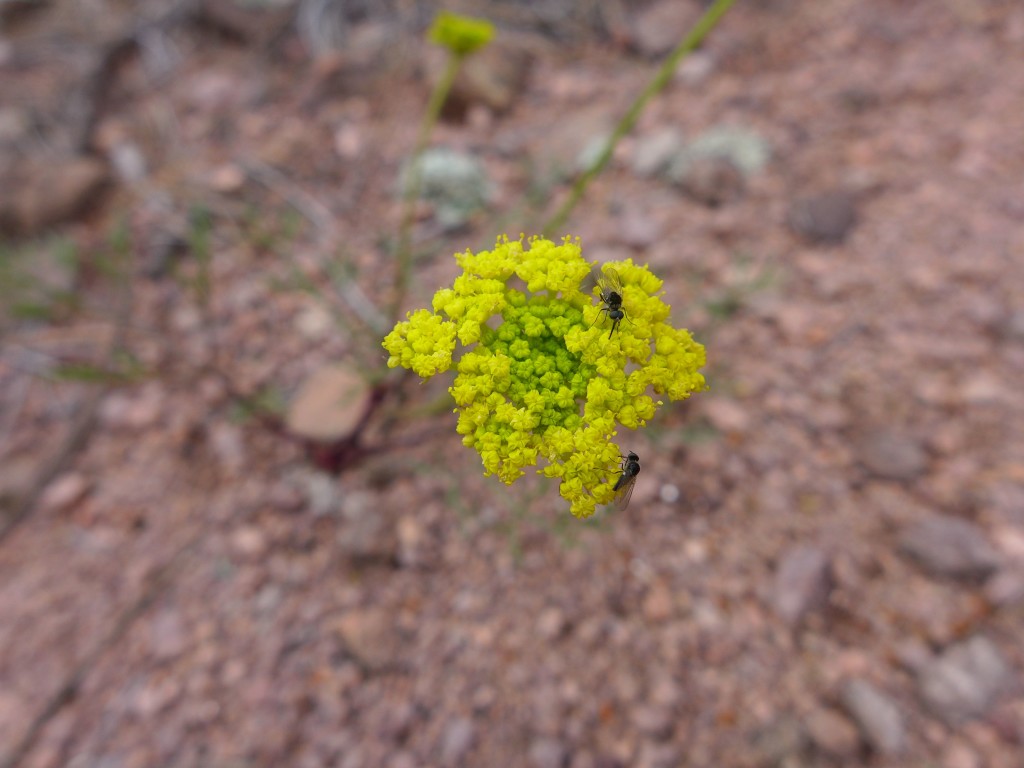On the first Wednesday, or Thursday!, of every month you will find us checking in with what’s coming up on the calendar and what’s going on outside. You can find last May’s post here.
While April was all about settling into our house, welcoming Luc, and hosting a slew of family visitors, as May arrived, our focus has turned to observing the changes (and visitors!) appearing outside our house. Since the flora and fauna in the Rockies is a bit different than what we’ve been used to on the East Coast, I thought it would be fun to focus this post on the changes taking place in our yard in early May.
Birds
We hung a variety of bird feeders around the house. We have a hummingbird feeder and three feeders with seed: one with black-oil sunflower seeds, one with thistle, and one with safflower. As I mentioned on Instagram, we’ve had visitors to the hummingbird feeder the moment it went up, and we’ve confirmed that they are black-chinned hummingbirds. The safflower and thistle feeders have been a bit quiet, but the sunflower feeder is getting quite a few visitors, including the common house finch and the new-to-us Spotted Towhee. Both the black-chinned hummingbird and the spotted towhee are migratory birds that spend their summers in the western half of the US. In addition to the feeder activity, we’ve seen and heard wild turkeys in the area!
- Black-chinned Hummingbird : The black-chinned hummingbird population has been increasing since the 1960s, and it’s one of the most adaptable hummingbirds, making its home in anything from urban to very pristine native ecosystems. With careful observations of these birds, I would love to see where they are nesting in our yard. The birds make their nests from plant down, spider silk, and cocoon fibers. They build a nest with thick walls, and it slowly thins and expands as the walls stretch to fit the growing young. How cool is that?!
- Spotted Towhees : The Spotted Towhees are a variety of sparrow. They spend most of their time on the ground in fields, thickets, and on the edges of forests. The birds will often build their nest on the ground but may also build it in a tree as high as 12 feet off the ground. From what I’ve read, the towhees are ground foragers, and they have a distinct backward hop on their two feet that scratches the ground and uncovers the insects they like to eat. In addition to insects, they will feed on berries and seeds. Whenever we see them, they aren’t perched on the feeder, but are under it eating the seeds that fell down. And another observation ~ they spend a lot of their time in a spruce that’s next to our raspberry bushes, I’m wondering if these individuals come here every year and are waiting for the raspberries to grow and ripen?
- Wild Turkeys : The wild turkeys were spotted early one morning in one of the horse fields, and since then I’ve heard them gobbling in the distance. I found this great chart that shows what activities the turkeys are doing different months (I wish I could find this for every animal!), and it shows that during April and into May the turkeys are gobbling, courting, and mating. The “gobbling” is when you hear the distinctive call of the male turkeys announcing their presence to females and other competing males.
Mammals
So far this spring, we’ve seen both a black bear and a coyote in our yard!… scratch that, I didn’t see these furry guys, but Calder saw the bear and our pop saw the coyote. I just wake up every morning hoping for some exciting wildlife, other than the grey squirrel, to enter my day. The closest I’ve got is going on our community’s online forum and reading about the mountain lion sitings (no joke!). Oh, and Calder’s siting of the bear wasn’t the only one in our area, a neighbor saw two bears walk out of the woods and across the field by our house!
- Black bears : In our area the bears are just coming out of their winter dens. They spend the first few weeks in close proximity to their dens as they allow their metabolism to adjust to the increased activity, then they begin to wander farther away looking for food. If they’re in the mountains, this often means going to lower altitudes and south-facing slopes where plants will be growing and ripening at a faster rate. The black bear we saw had a cinnamon coloring as in the photo above.
- Coyote : It’s likely that the coyotes in our area have finished mating for the season, as most of that activity takes place from February to April. If the lone coyote we saw was part of a mating pair, then the pregnant female was back in their den and the male will bring food to her. As for their den, it’s rare that the coyote pair dug their own den; they usually move into dens abandoned by other mammals and enlarge it to fit their needs. Our pop saw the coyote around 6:30 in the morning, which is a common time to see coyotes that are in close proximity to humans. If they were in a more rural area, then they shift their hunting from night/early morning to day time.
Flowers
While I haven’t been lucky enough to spot the mammals in the yard, last weekend I hiked up to the top of our hill and had a great time photographing the wild flowers that are currently in bloom. Those photographs are scattered throughout this post and we shared some of them with you in this month’s Seasoned View. Now I’m trying to identify them all in my effort to learn about this alpine ecosystem.
May Events
As I’m sure you’re well aware, the food and drink festivals are picking up just as fast as the temperature is rising. Do you have a favorite in your area? In addition to specific food festivals, we’re excited that our local farmers’ market is open for the season. If gardening is more your thing, this is the time of year when you’re likely to find a home and garden fair ~ they’re great places to see what grows well in your area and get design ideas for your own gardens and yards. Or are you looking for more environmentally-focused events? We have a few:
- World Migratory Bird Day – always the second Saturday in May (that’s the 9th this year!)
- May is Bike Month! Celebrate by riding your bike around town, it’s a great way to explore your neighborhood and beyond! And May 11th-15th is national bike to work week! Bike to Work Day is May 14th if you live in the Bay Area.
- World Fish Migration Day – May 21st
- International Day for Biological Diversity – May 22nd
- Horseshoe Crab Survey – a great way to get personally involved in data collection if you’re in the Delaware/New Jersey area. It takes place on multiple dates throughout May & June.
And, of course, don’t forget to call your momma on May 10th for mother’s day!











